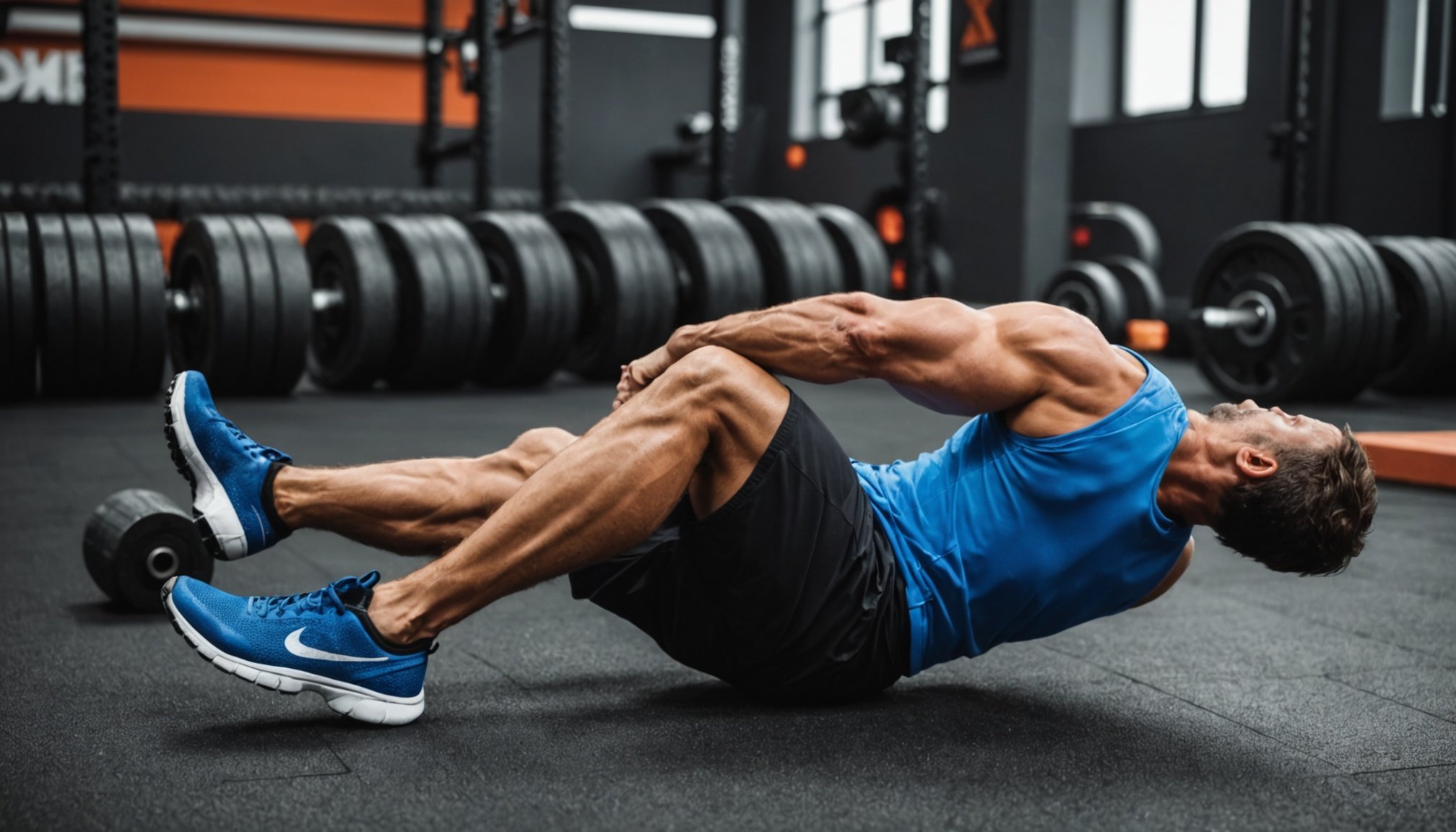Foam rolling, once considered a professional athlete’s secret, has surged in popularity among fitness enthusiasts and casual exercisers alike. This simple, yet effective tool is praised for enhancing muscle recovery and improving overall performance. By utilizing a foam roller, you can alleviate pain, reduce muscle soreness, and maximize the benefits of your workout regimen. With the right technique, foam rolling becomes an indispensable part of any post-exercise routine, aiding in tissue repair and promoting faster recovery. Understanding how to roll with precision will ensure that you harness the tool’s full potential. In this article, we explore the principles of foam rolling, guiding you on its benefits and practical application.
Understanding the Science Behind Foam Rolling
Foam rolling, also known as self-myofascial release, is a form of self-massage that targets the fascia, a web-like tissue surrounding your muscles. When you apply pressure using a foam roller, it helps to release tension and knots by increasing blood flow to the affected area. This process, called autogenic inhibition, promotes muscle relaxation and can enhance joint flexibility.
Additional reading : Unlocking the Biomechanical Advantages of Barefoot Running: Discover the Benefits for Your Feet and Performance
The fascia can become stiff or inflamed due to exercise, poor posture, or repetitive movements. By rolling, you apply deep, targeted pressure that aids in breaking up these adhesions, encouraging a looser, more pliable muscle state. This increased flexibility is crucial for maintaining a full range of motion, which is vital for effective performance in physical activities.
Additionally, regular foam rolling can help reduce the delayed onset muscle soreness (DOMS) often experienced post-exercise. By facilitating faster muscle recovery times, foam rolling allows you to return to your workout routine sooner, with less discomfort. In essence, the science of foam rolling lies in its ability to enhance the body’s natural recovery processes through strategic pressure application.
Additional reading : Unlocking Recovery: The Impact of Sports Psychology on Healing from Athletic Injuries
How to Use a Foam Roller Correctly
Mastering the art of foam rolling involves more than simply gliding over sore muscles. Proper technique ensures you reap the full benefits of this recovery tool. To begin, identify the muscle group you wish to target. Whether it’s the calves, quads, or hamstrings, focus on one area at a time.
-
Positioning: Place the foam roller under the targeted muscle and use your body’s weight to apply pressure. Begin by rolling slowly over the muscle, pausing on any particularly tender spots. These are trigger points that need extra attention.
-
Breathing: Remember to breathe deeply and consistently. Breathing helps ease tension and allows for a more thorough massage.
-
Duration: Spend about 30-60 seconds on each targeted muscle group. This timeframe ensures the muscle fibers receive adequate pressure to promote relaxation and recovery.
-
Listen to Your Body: Foam rolling should be slightly uncomfortable, akin to a deep tissue massage. However, if the pain is too intense, reduce the pressure or cease altogether.
By applying these techniques, you can effectively target muscle tightness and enhance your post-workout recovery. Consistent practice will make foam rolling an integral part of your fitness routine.
The Benefits of Foam Rolling for Athletes
For athletes, foam rolling is more than a recovery method; it’s a performance enhancer. Incorporating this technique into a daily routine boasts numerous advantages. Primarily, foam rolling helps prevent injuries by maintaining muscle and joint flexibility. This flexibility reduces the risk of strains and sprains, common among athletes engaging in high-impact sports.
Moreover, the pressure applied during foam rolling increases blood circulation, delivering oxygen and nutrients to fatigued muscles. This process accelerates the removal of waste products such as lactic acid, which is responsible for muscle soreness. Thus, athletes experience less downtime, allowing them to train harder and more frequently.
Foam rolling also aids in enhancing post-exercise recovery, ensuring athletes maintain peak performance levels. By incorporating a brief foam rolling session after intense workouts, athletes can lower their muscle tension, facilitating quicker recovery times. Additionally, foam rolling fosters a heightened sense of body awareness, encouraging athletes to recognize and address muscle imbalances before they develop into injuries.
The versatility and effectiveness of foam rolling make it a staple in athletic conditioning programs. Its benefits extend far beyond recovery, making it an essential component of any comprehensive training regimen.
Choosing the Right Foam Roller for Your Needs
Selecting the appropriate foam roller is paramount to maximizing your recovery efforts. While foam rollers may appear similar, they vary significantly in density, size, and texture, each offering distinct advantages.
-
Density: Foam rollers range from soft to extra-firm. Beginners may prefer softer rollers for a gentler massage, whereas seasoned athletes might opt for a firmer roller to apply deeper pressure.
-
Size: Rollers come in various lengths, from compact versions for travel to full-length models for home use. A longer roller is versatile, accommodating larger muscle groups like the back, while a shorter one is ideal for targeting smaller areas.
-
Texture: Smooth rollers provide even pressure, making them suitable for general use. Textured rollers, with ridges or knobs, offer a more intense massage, ideal for breaking up stubborn knots.
When choosing a foam roller, consider your muscle recovery goals, comfort level, and experience. Opt for a roller that complements your needs and enhances your self-massage routine. Remember, the right foam roller can significantly impact your recovery process, ensuring you stay on track toward achieving your fitness objectives.
Foam rolling is an accessible and effective way to improve muscle recovery, enhance performance, and reduce pain. By understanding the fundamentals and employing proper techniques, you can integrate foam rolling into your workout routine seamlessly. Whether you’re a novice exerciser or a seasoned athlete, this tool offers a myriad of benefits that will help you achieve your fitness goals.
Investing in a quality foam roller and dedicating time to your self-care routine will ensure you experience the full spectrum of foam rolling advantages. Remember, consistent practice is key to unlocking the potential of this powerful recovery tool. Embrace foam rolling as a cornerstone of your post-exercise regimen, and watch as your body becomes stronger, more resilient, and ready to face any challenge.











